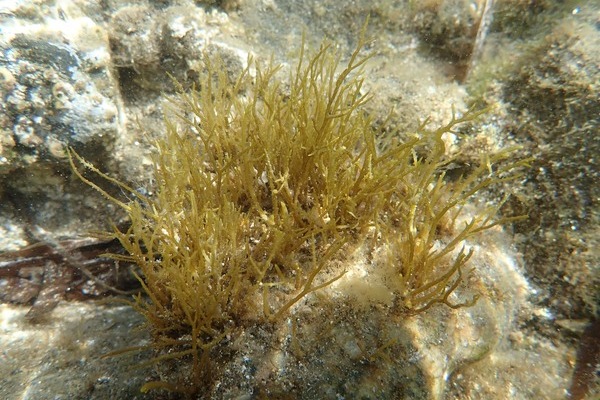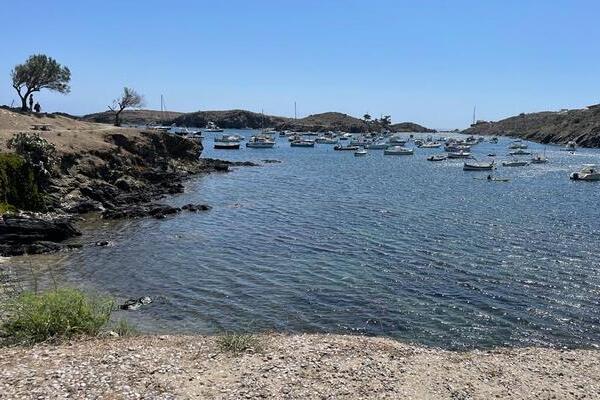Estrella Damm intends to restore a marine forest in the Cap de Creus Natural Park

In collaboration with the MarineForest group from the Blanes Advanced Studies Center (CEAB-CSIC) they will introduce a species that became extinct over 4 decades ago in the Cap de Creu Natural Park
Estrella Damm joins the Blanes Advanced Studies Center (CEAB-CSIC) to restore an algae forest in the Cap de Creus Natural Park, specifically in the Port Lligat zone (Cataluña). The project, which will reintroduce brown algae, or the Cystoseira genus, specifically the Gongolaria barbata species, into its natural habitat following four decades of being extinct in the area, seeks to recover the Mediterranean marine ecosystem, one of the most important habitats due to its diversity and productivity.
Macroalgae marine forests are considered to be one of the main building blocks of habitats due to their capacity to provide structure, food and shelter to various marine species, thus representing one of the richest ecosystems, in terms of biodiversity, of the Mediterranean. The alliance between Estrella Damm and the CEAB-CSIC aims to revert the deforestation of these marine populations, which also act as a breeding ground and produce high-value goods and services for global ecosystems.
These habitats, of which data has been found that confirms their presence during the 80, are in a clear state of regression in response to multiple threats such as the destruction of the habitat, overfishing, pollution and climate change.
The restoration process of the Port Lligat marine forest is carried out by means of the marine forest forming algae restoration technique, a procedure through which the expectation is to obtain new viable and self-sufficient populations in the long-term within the area. This technique has been described and applied successfully by the CEAB-CSIC Marine Forest research team. Thanks to the gathering of fertile branches of donor populations, new recruits are obtained (by means of in-situ and ex-situ techniques) which, should they find themselves in optimal conditions within the restoration zone, within a couple of years shall be fertile and able to contribute towards generating a self-sustaining forest.
The project also intends to assess the implications this restoration action will have on biodiversity, productivity, and other exosystemic services in the area. The first trials from the project, which is still in the initial phase, have had satisfactory results and it is expected that it will continue to evolve positively.



